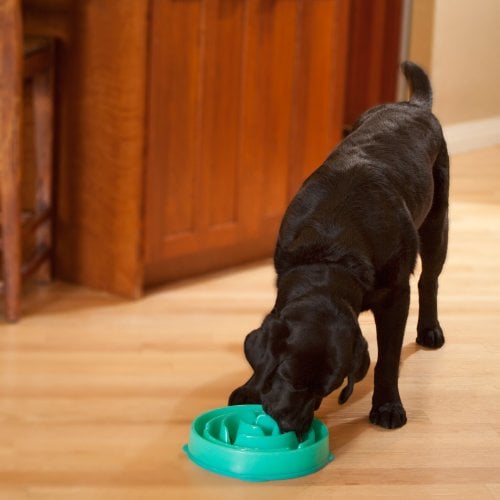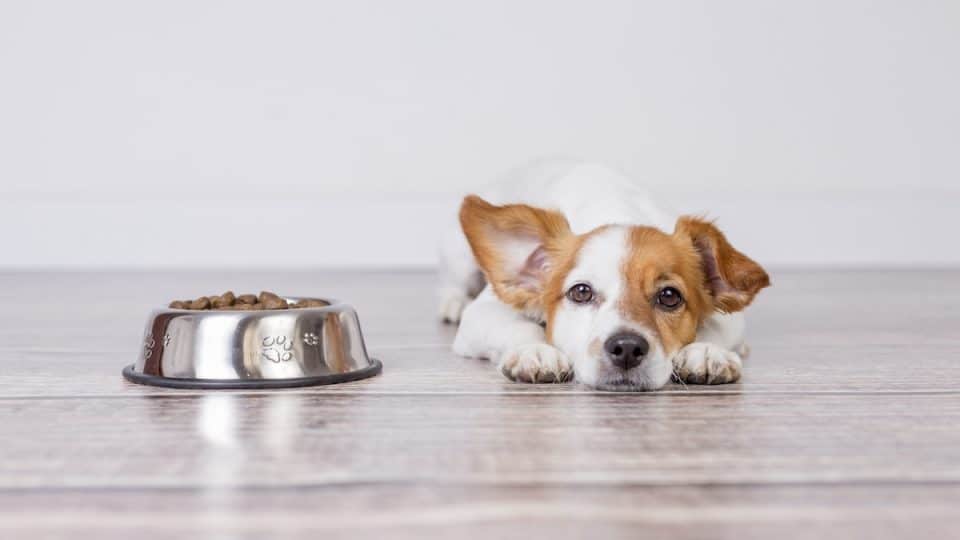- This article has been reviewed by a pet health professional. It is not a substitute for professional veterinary advice.
Not all dry dog foods are created equal, but for many pet parents, a good-quality kibble is an affordable way to feed their beloved dogs. What to do if your dog simply won’t eat it, though?
Palatability may be a factor, and some dogs are just picky! Even good-quality kibble isn’t ideal for a dog all on its own. It’s important to remember that kibble lacks moisture, and if you don’t mix it with soft food or some liquid, some animals may turn up their noses at it. Other dogs need variety. Finally, older dogs often start becoming fussier about their food.
Meal toppers are one easy way to make your dog’s dry food appealing again.
6 meal topper ideas for your dog’s dry food
After ruling out medical issues for picky eating, meal toppers are one easy way to make your dog’s dry food appealing again.
- Goat’s milk contains healthy vitamins, minerals, electrolytes, enzymes, proteins, and fatty acids. Most dogs can digest goat’s milk in 20 minutes!
- Fruits and veggies like apples, carrots, and green beans can be roasted, dehydrated, pureed, or cut up raw. Avoid onion, grapes, and garlic. Read more about healthy choices for dogs.
- Bone broth is an excellent, nutritious food to improve the immune system. It’s known to benefit dogs with chronic skin allergies and those that have arthritis.
- Yoghurts with active bacteria can act as a probiotic and are good for your dog’s digestive system..
- Freeze-dried raw meats offer your dog a nutritional boost.
Easy meal toppers and mix-ins you can buy
If homemade isn’t your thing, there are many pre-made options for kibble toppers and mixers. Most of these are not cheap given the quality of their ingredients. The good news? A little goes a long way, which helps justify the price point.
- Stella and Chewy’s makes highly-regarded raw meal toppers. Many freeze-dried raw dog treats can be crumbled into kibble, as well.
- Honest Kitchen makes an easy powdered bone broth that offers the same nutritional benefits as homemade broths.
Other solutions for picky dogs

A slow feeder dish can entice picky eaters.
- Adding kibble to puzzle toys is a great way to make mealtime more exciting. This might be an actual puzzle feeder dish or a toy like a KONG.
- Sticking to a schedule helps your dog understand there’s a finite time to eat and that food is not available all day.
- Drinking more water can help kibble-avoidant dogs. Keep extra bowls of water out and investing in a pet fountain may encourage hydration, as well.
The bottom line
The best advice we can give is to be patient and don’t panic! There are many different ways to encourage your dog to eat their dry food. After ruling out any medical issues, a simple topper like bone broth might just turn picky eating around.
If the behaviour continues, however, it might mean your dog simply doesn’t tolerate dry food. Talk to your vet or pet nutritionist about switching diets altogether to wet food or to a fresh food-based diet. You can even make your own dog food, though it’s important to do your research into canine nutrition.
In general, it’s important to consult your vet or pet nutritionist if you’re concerned about your dog’s diet.




